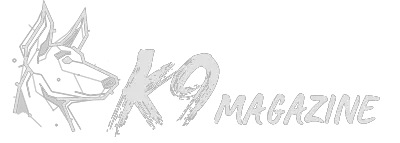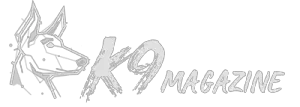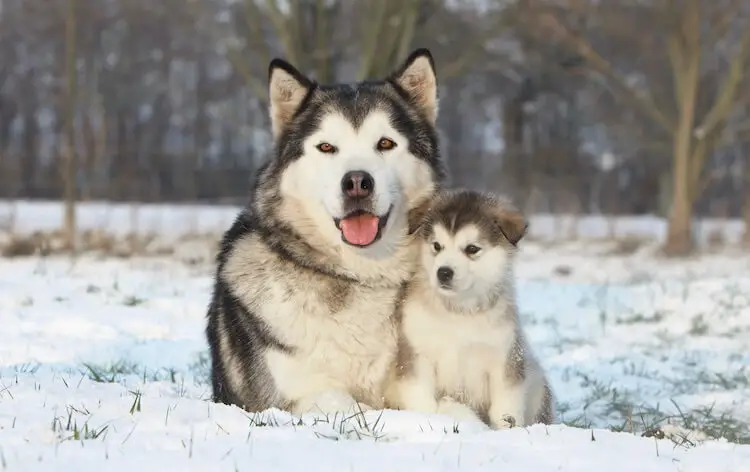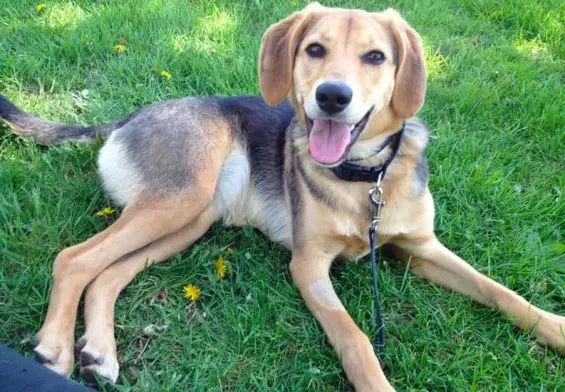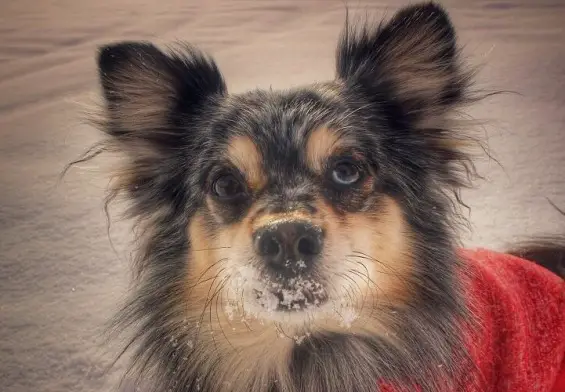Huge Alaskan Malamute Giants Dog Breed
Robust, resistant, and fast, the Giant Alaskan Malamute happens to be a champion of sled racing. Clean, quiet, friendly, playful, and affectionate, it is the companion dog much appreciated in the United States, Canada, and now in Europe. But he is a calm dog, who can adapt to life in the city and exercise daily so that he expends energy.
The Alaskan Malamute will win you over with their playful demeanor and disposition for any activity. They greet everyone as a friend, even strangers who are coming to your home for the first time. They are not good guard dogs, but they are extremely loyal to their family and friends. They are pack animals and they like to spend time involved in family activities. They are not in the habit of barking, but they howl and are known for their strange vocalizations.
Alaskan Malamute Physical Appearance You Need to Know About
The head of the giant Alaskan Malamute is large but well proportioned, It is abig and somewhat rounded skull and slanted, dark almond-shaped eyes. Its ears, in a triangle, erect and smaller to the skull, are slightly held forward. The neck is strong; the hips, solid and short; and the limbs, very muscular. He has robust and compact legs. The tail forms an elegant plume above or below the hips.
When you first meet an Alaskan Malamute, it is easy to be impressed by their great stature, features that resemble a wolf, with a tail that looks like it is full of feathers waving at you. Many think Malamutes are part of the wolf, they may even pose as wolves on TV and in the cinema, but in reality, they are all domestic dogs. They have extreme strength, energy, endurance, independence, and intelligence. Originally they were dogs that pulled heavy sleds for a long-distance, as well as hunting seals and polar bears.
Origin Of The Alaskan Malamute: Information for your Enrichment
The Malamute belongs to the oldest canine population in Alaska. They are considered the kings of the northern dogs. When Europeans occupied Canada, they used them as a carrier in the mountainous regions: in the summer, the dogswere able to carry bales of more than 20 kilograms under their stomach.
One of the oldest Arctic sled dogs
Their ancestors crossed the bridge from Siberia to Alaska several years ago with the families of a native tribe known as the Malamute. They settled in the northeastern region of the Seward Peninsula, which is where the Alaskan Malamute was developed. Eskimos treated their dogs with great care and highly valued them.
During the 1896 gold rush, there was a large influx of dogs that came to Alaska of many different breeds and sizes and that adapted well to the climate. Many native dogs were crossed with these dogs and their origins were lost, but the malamutes were a relatively isolated tribe, so the Alaskan Malamutes did not suffer so much from this miscegenation, becoming a more pure breed and maintaining their origins.
Observations about Alaskan Malamute
Arthur T. Walden founded their Chinook Kennel in New Hampshire and started working on breeding Alaskan Malamutes. He and their successors, Milton and Evans Seeley, supplied dogs for Byrd Antarctic expeditions in the 1930s. The Seeleys started the program to breed dogs found in Alaska’s Norton Sound area. This strain of Alaskan Malamute became known as “Kotzebue”. A slightly different strain was developed by Paul Voelker, with the dogs he bought in Alaska in the early 1900s and later in the 1920s. This strain became known as “M’Loot”. Some of these dogs were used in World War I and II and Admiral Byrd’s second expedition.
Curiosities About The Alaskan Malamute
- Herbert Hoover, President of the USA in 1933, had a Malamute as their pet dog.
- Comedian and actor Robin Williams had a Malamute called Sam.
- Ian Dunbar, veterinarian, one of the most respected behaviorists and dog trainers in the world, and the writer is also a fan and tutor of an Alaskan Malamute.
- Alaskan Malamute is not recommended for first-time owners. This is a dominant dog and needs strong and experienced leadership but without aggression.
- Alaskan Malamutes are notorious diggers. Any fence must be well buried so that they do not dig and escape from your yard.
- It is a generally very quiet breed, Malamutes rarely bark. They will have a dialogue with you, will express themselves vocally with funny sounds or loud howls.
Characteristics of Alaskan Malamute
If they are not howling or watching TV with you, they’ll probably be fiddling with trash or trying to find something on the kitchen counter to eat, or making holes in the yard. They are considered very friendly. If you are looking for a guard dog, this is not the breed for you. The size of Malamute can scare an intruder, but that is only the protection it offers. The Malamute is best adapted to places with large spaces, where it has the chance to burn its large amount of energy so as not to get bored or restless. Your independent nature is often confused with disobedience, but your intelligence will stand out during correct training.
Great hunters and climbers, these dogs were born to the freezing Alaskan climate and would not survive the tropics because of the amount of hair they have. Traditionally used to pull sleds, today the practice has been virtually extinct, but malamutes survive in people’s homes.
What Kind of Temperament Does Alaska Malamute Dogs Have?
Very independent, the Alaskan malamute usually chooses a family member as their favorite. Confident and determined, he can be stubborn when he is focused and determined to accomplish something. Like the Siberian husky, they are independent and are not usually very loving towards those who do not have close ties. Many say that this is a somewhat aggressive breed, but it is true that malamutes do not like to be contradicted. They can also be intolerant of other pets and children, especially if they try to make physical contact insistently or if they do not respect their limits. Due to its size, even a “get there” can hurt. You better watch your signals!
Malamute training challenges
If it is a Puppy
- From an early age, the Alaskan Malamute must understand what the limits are imposed on them and what will be the rules of life he must respect.
- The master must remain firm and not crack in front of the adorable boils their little companion, because bypassing them their pranks he will quickly become very stubborn.
- Only a very early, logical and constant education can make your Alaskan Malamute and attentive companion and listen to your orders.
If it is an Adult
- The adult Alaskan Malamute can be complicated to educate, especially if he has already developed bad habits and in particular that of ignoring their master.
- Before embarking on their education, find out about their experience: this will allow you to opt for method techniques adapted to their background and their current knowledge.
- It is indeed inappropriate to rush the Alaskan Malamute, which risks not understanding the reason for a radical change in its habits.
By calling on an educator
-To properly train this big dog with a steel character, you can turn to a professional dog trainer who will be of good advice and a great help.
-First of all, you will need to learn about the reputation and the results obtained by the professional of your choice, because many pseudo-dog trainers sell ineffective methods, sometimes even brutal and traumatic for the animal.
The Malamute dogs are proficient in Sportiness and activity level
-If the Siberian Husky is a sprinter, then the Alaskan Malamute is a true marathoner, capable of rare endurance!
-This large dog cannot do without physical activity and will appreciate being able to walk or trot for hours every day.
The simplicity of education for Alaskan Malamute
The Alaskan Malamute is easy to train as long as its owner offers it the opportunity to let off steam and live in an environment that suits it.
Confined in a garden, even a large one, or deprived of exercise, he will become unhappy and risk developing deviant behavior.
Care and Well-Being for the Alaskan Malamute
A member of the working dog group is a job seeker. He is very happy with long walks, sledding, or a person with skis. He needs to run, play, and generally jumps over an obstacle. Be careful with the level and amount of exercises so that your Alaskan Malamute does not become boring and destructive. Make sure, however, that the exercise is in keeping with your dog’s age and structure. Malamutes like to dig, instead of trying to end this behavior, it would be better to have space where he can dig without problems like a sandbox or an area determined by you so that he can do this. Blessed with a double, dense coating, Malamute tolerates living outdoors in extremely cold weather. However, they need an adequate, covered enclosure to wrap themselves up.
Malamutes are sensitive to heat. They are Arctic dogs, they are designed to live in extremely cold climates. They do not adapt well to heat and humidity. If the place where you live is not cold, be sure to treat it in the best possible way with plenty of shade and freshwater. And in very hot periods it will need an air conditioner. In these cases, the exercises need to be in the coldest periods of the day.
Brushing the hair one to three times a week helps to keep the coat clean and distribute the oiliness of the skin. Malamutes lose many at least twice a year. During this period, frequent brushing helps to keep the flow of hair under control.
An advantage for this breed is Malamutes have a cat tendency to keep their fur clean. Bathing is rarely necessary, usually one to two a year unless the dog is smelly.
Brush your Malamute’s teeth at least two or three times a week to remove the formation of tartar and bacteria that lurks inside.
Cut their nails once or twice a month
Be careful when cutting your nails. They have blood vessels, and if you cut them too short they can bleed and cause your dog pain. So, if you have no experience in trimming your dog’s nails, ask a veterinarian or groomer for help.
Check for wounds, rashes, or signs of infection, such as redness, tenderness, or inflammation in the skin, muzzle, mouth, eyes, and feet. The eyes should be clear, without redness or discharge. Clean ears without accumulation of wax or dirt. Your careful weekly exam will help you detect potential health problems earlier.
What Diet Would Suite Them?
In food, the recommended daily amount is 4 to 5 cups of high-quality dry food per day, divided into two meals. Do not leave food left in your dog’s bowl, this can lead to obesity.
Predisposition to Diseases: Orthopedic alterations (hip dysplasia, chondrodysplasia), ophthalmic, predisposition to obesity, and gastric torsion dilation syndrome.
Know about the Characteristics of the Puppies
The puppies are very active and playful. They need to be educated early so as not to become stubborn and undisciplined adults. Malamutes are smart and have a will of their own. Be the leader of the pack and make it very clear to him, because he will try to become the alpha.
Care is necessary as it is a fast-growing breed. Joint problems may arise in the future. Do not let them jump from high places or take very long walks until their structure is formed. Seek advice from a veterinarian for more details on the exercises indicated for each age.
The cost of Alaskan Malamute
The price of an Alaskan Malamute puppy may vary, depending on the line from which it came and the quality shown by its parents and grandparents. Color can also be a factor that will influence the price. A white Alaskan Malamute, for example, can be priced higher than another coat shade. An Alaskan Malamute puppy generally costs between $500 to $2,500. This is the most relevant information that you will need to know about this breed.
